Gooseneck barnacles and fairground octopus
Galicia Cuisine
Even within Spain, where Asturian bean stew fabada will satisfy the hungriest belly, Valencia is credited with creating paella and a Mediterranean diet is the staple of a dozen provinces, Galician cooking is generally esteemed as the best of all. And above all, this means seafood and shellfish.
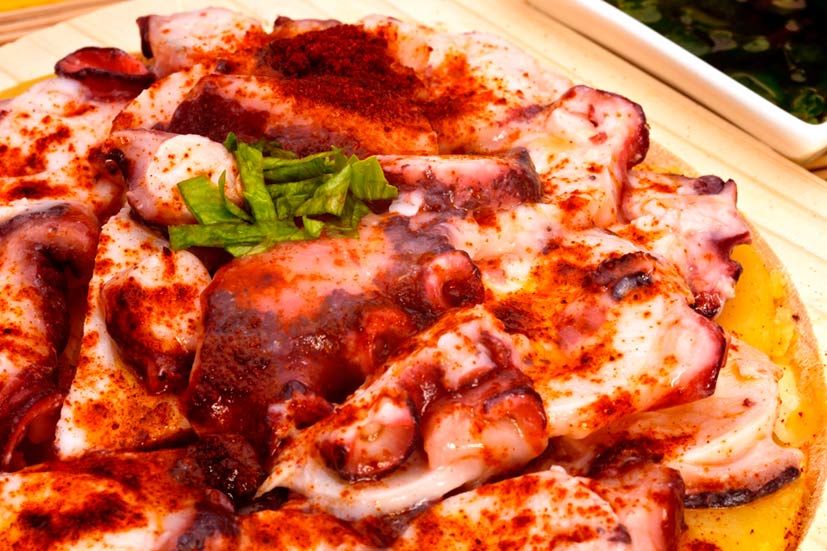
Photo: Fairground octopus, served with extra virgin olive oil, rock salt and sweet paprika
Yet while many of the fish and mollusc dishes may be familiar to people from outside Spain (think of a plate piled with freshly steamed mussels, doused with lemon), certain menu items which sound and look curious can be easily passed over when in fact they are tasty local specialities.
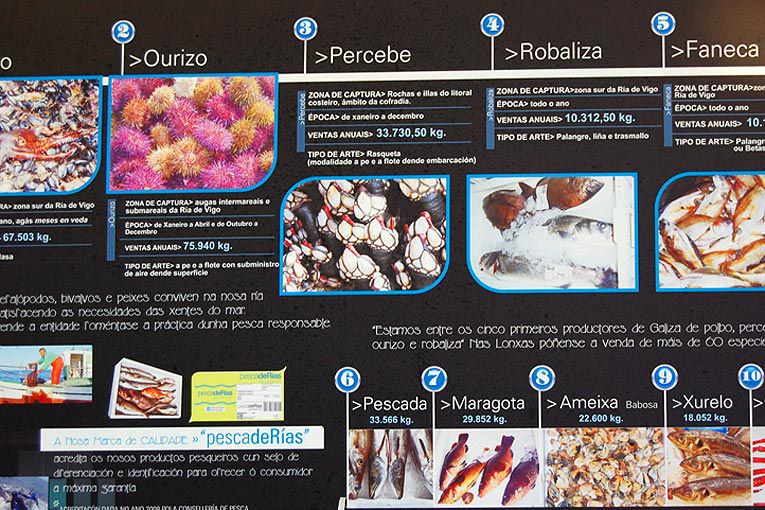
One such delicacy, the gooseneck barnacle (percebe in Spanish), is a thumb-sized crustacean found along Galicia’s rugged coast in the north-west of Spain, where they attach themselves to rocks battered by heavy surf. On Galicia’s hazardous Costa da Morte (Coast of Death), where cold Atlantic breakers crash enormously into the jagged cliff walls, the danger involved in gathering them is very real.
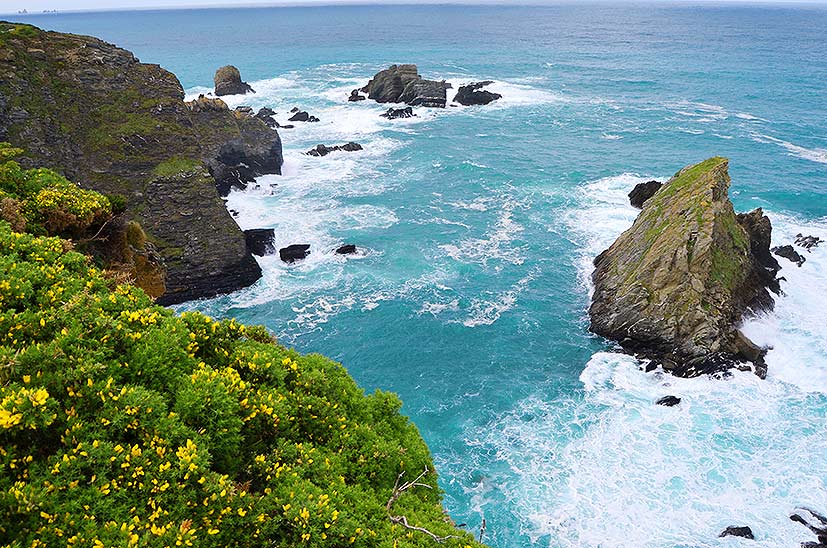
The only way to do it is by taking serious risks. Collectors must wait until winter months, when a full or new moon is followed by a particularly low tide.
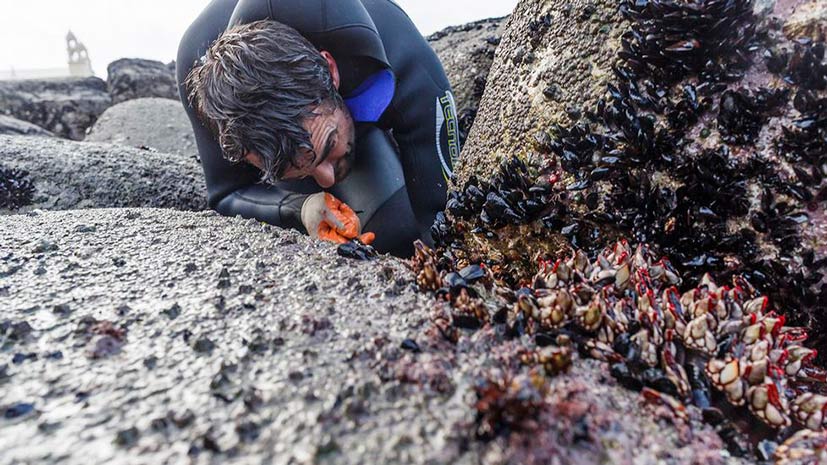
A man with a rope around his waist will then lower himself down slippery granite rocks until his hand can reach a bunch of gooseneck barnacles, which he chops from the rock with a knife, dropping them into a small net. Whether his net is full or not, when the warning shout comes from above, he must climb quickly up to safety before the ocean heaves back in and plucks him from his precarious perch.
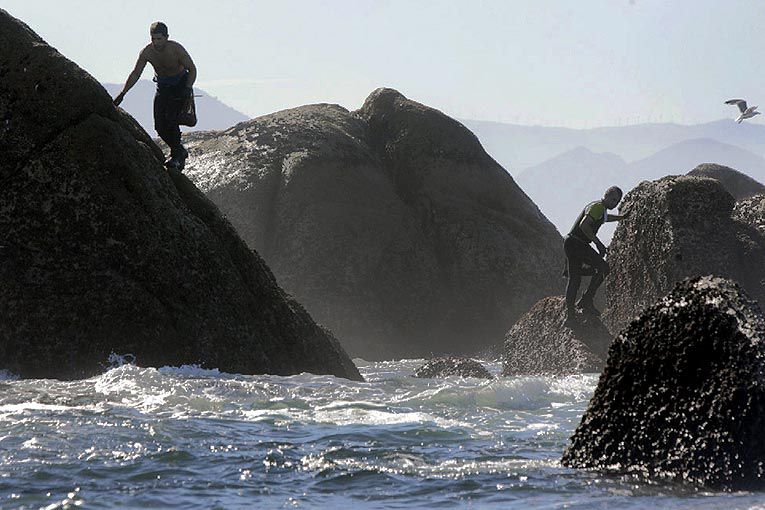
The catch is an odd-looking critter. Strictly speaking a crab, it consists in a soft, neck-like tube ending in a hoof or beak-like shell. In the Middle Ages, before the migration of birds became understood, they were believed to be goslings which would later grow into full-sized geese.
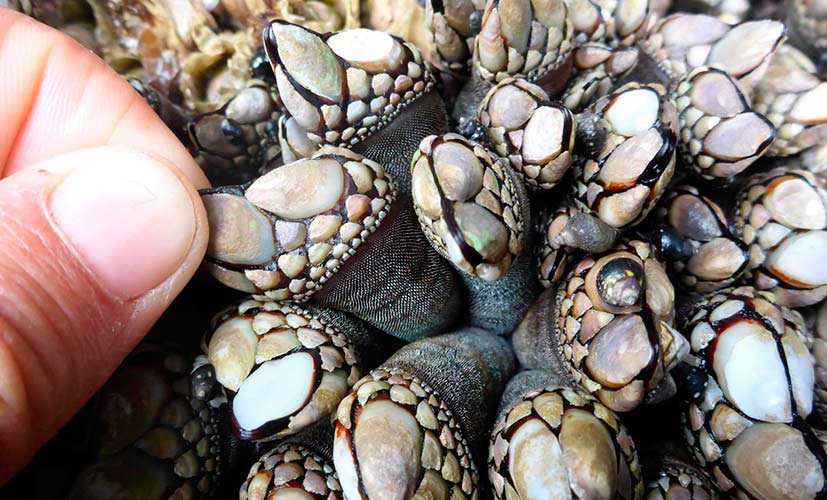
How to cook gooseneck barnacles:
First, choose your percebes. If they are long and slim like asparagus, it means that they grew in calmer coastal waters. They may look more attractive, but they’re not the ones you want. Look instead for short, stubby gooseneck barnacles, whose stunted growth was determined by violent, pounding waves. These have both more texture and more taste. Their smell – and flavour – is of the sea.
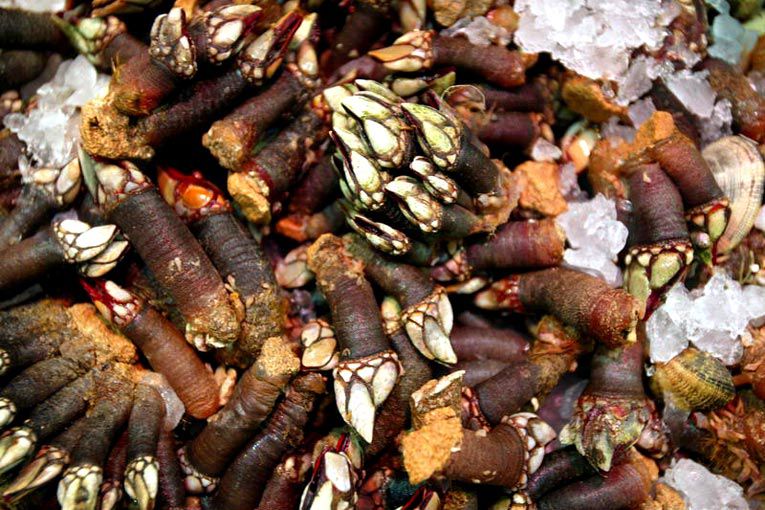
Rinse off any sand and either steam or boil briefly in sea or salted water. “Agua a ferver, percebes botar,” goes the saying in Galician: when the water boils, throw out the percebes. Some people steam them above seasoned stock, but the classic preparation adds nothing to the water unless it is a bay leaf.
A dozen per person is a standard ration. Eat them as they are, or dabbed in butter. Simply break open the shell to press out the soft but firm, moist, pink meat, and bite it off.
While in Galicia they can be bought at coastal fish markets for a not unreasonable sum, in restaurants and tapas bars,percebes will often be the entrée that commands the highest price.
At the other end of the price scale comes the Galician octopus (pulpo in Spanish). Tasty and tender, its reputation as an aphrodisiac has endured from the days of the ancient Greeks; something to do with those tentacles, presumably. Pulpo a feira (fairground octopus) is a popular item at festivals of food and drink in Galicia, of which there are no fewer than 300 a year.
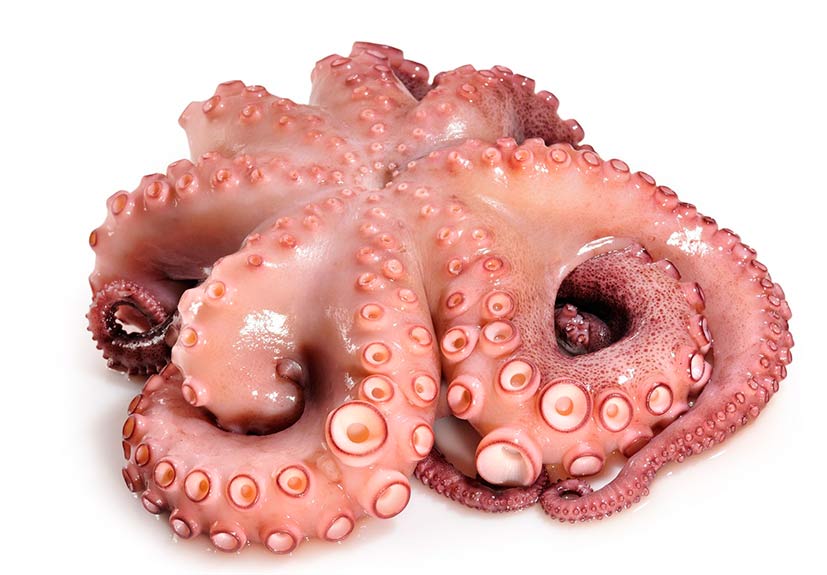
Add to these culinary celebrations the fiestas scheduled for important dates in the Christian calendar and the special summer event of the curros, at which semi-wild ponies are captured, clipped and branded, and you start to wonder if the Galicians’ characteristic reserve simply masks a thorough, deep-seated content.
Turn up at one of these fairs and you will typically find Celtic music played on gaita (Galician bagpipes), flute and drum, dancing, singing, and empanadas (pasties) and pulpo a feira served up with light beers or delicious ribeiro or albariño white wines.
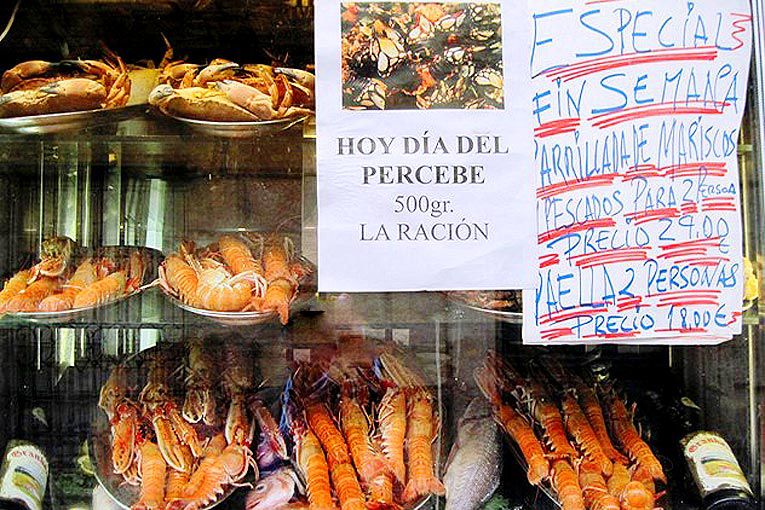
In the rest of Spain, where it is known as pulpo gallego, the dish enjoys a widespread popularity, to the extent that you will even find pulperías, specialist octopus eateries.
How to cook fairground octopus:
First, choose your pulpo. Fresh, local Galician octopus is to be preferred, although the darker, slightly less tender variety caught in African waters is also good. Under three pounds is best for ensuring good texture.
As with gooseneck barnacles, preparation is very simple.
After a careful clean, tenderize your octopus to eliminate its rubbery quality. Traditionally, this was done by brute force, beating the tentacles of the fresh octopus with a mallet or slamming them against a hard surface ten or a dozen times. But you can achieve an even better result by freezing the pulpo for three days. Whichever method you opt for, this vital step will make all the difference between firm but tender, succulent meat and a mouthful of blubbery rubber.
Dip your pulpo in salted boiling water briefly and three times, holding onto its head, letting the water come back to the boil each time. The tentacles will acquire a curl.
Then leave to simmer very gently with a whole onion and a bay leaf for around two hours. If you don’t have the time or patience to do that, boil gently for around 30 minutes until tender.
Drain and discard the head. Slice tentacles into small pieces and arrange on a wooden board.
Season with coarse rock salt, medium-hot red paprika and cold-pressed olive oil.
Serve while still warm with cachelos, thick-sliced potatoes boiled with their skins on, and cold white Galician wine, ideally drunk from smooth, white bowls.
After your meal, try a shot of ice-cold Galician orujo, a potent distillation made from pressed grape skins and aged with digestive herbs and spices such as mint, rosemary, fennel, coriander and liquorice.
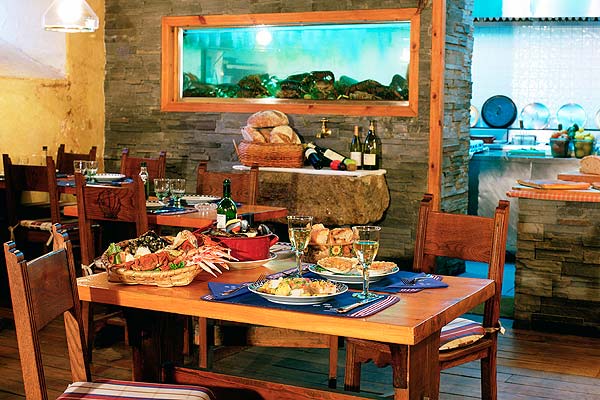
¡Que aproveche! Bon appetit!






